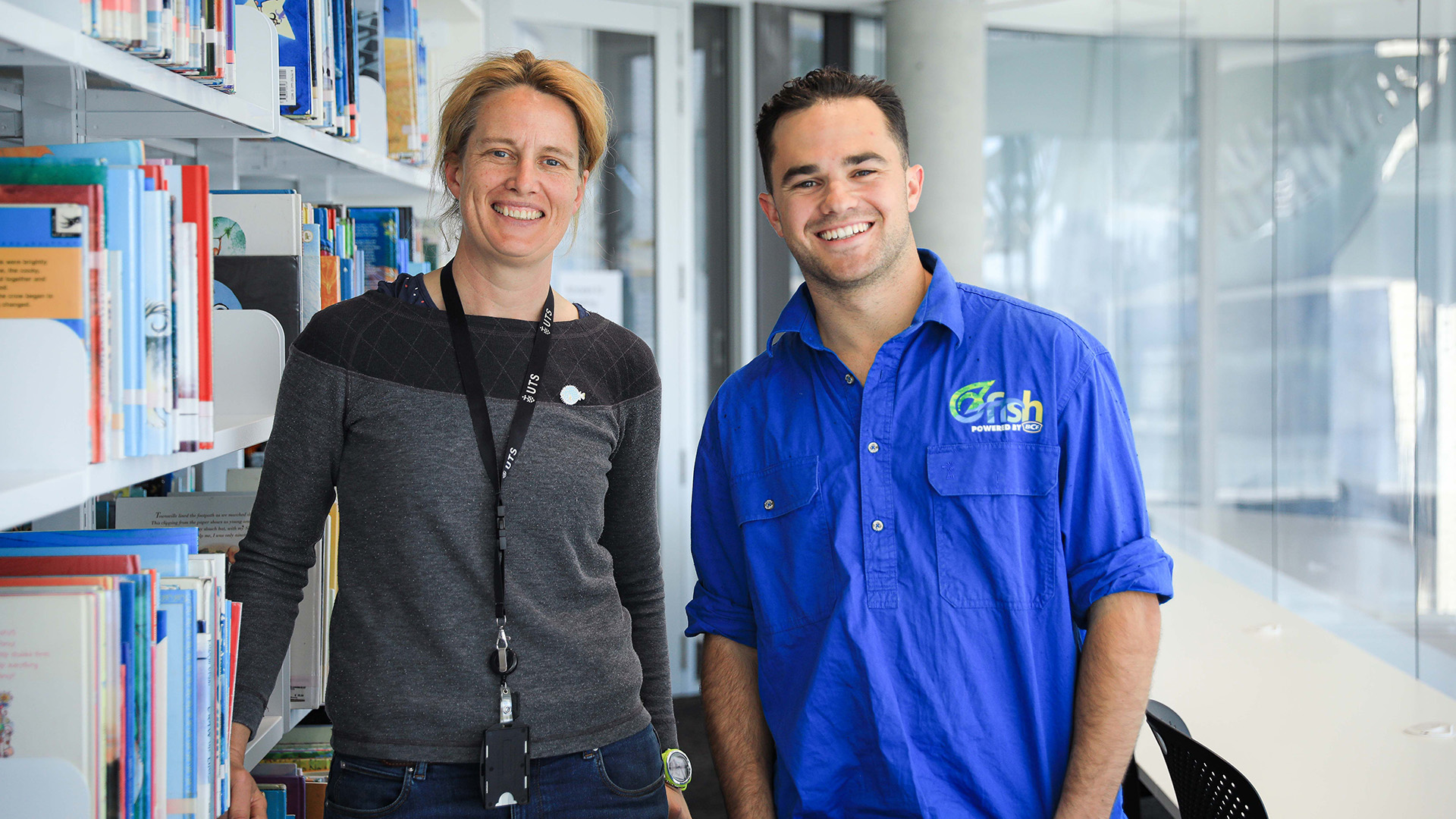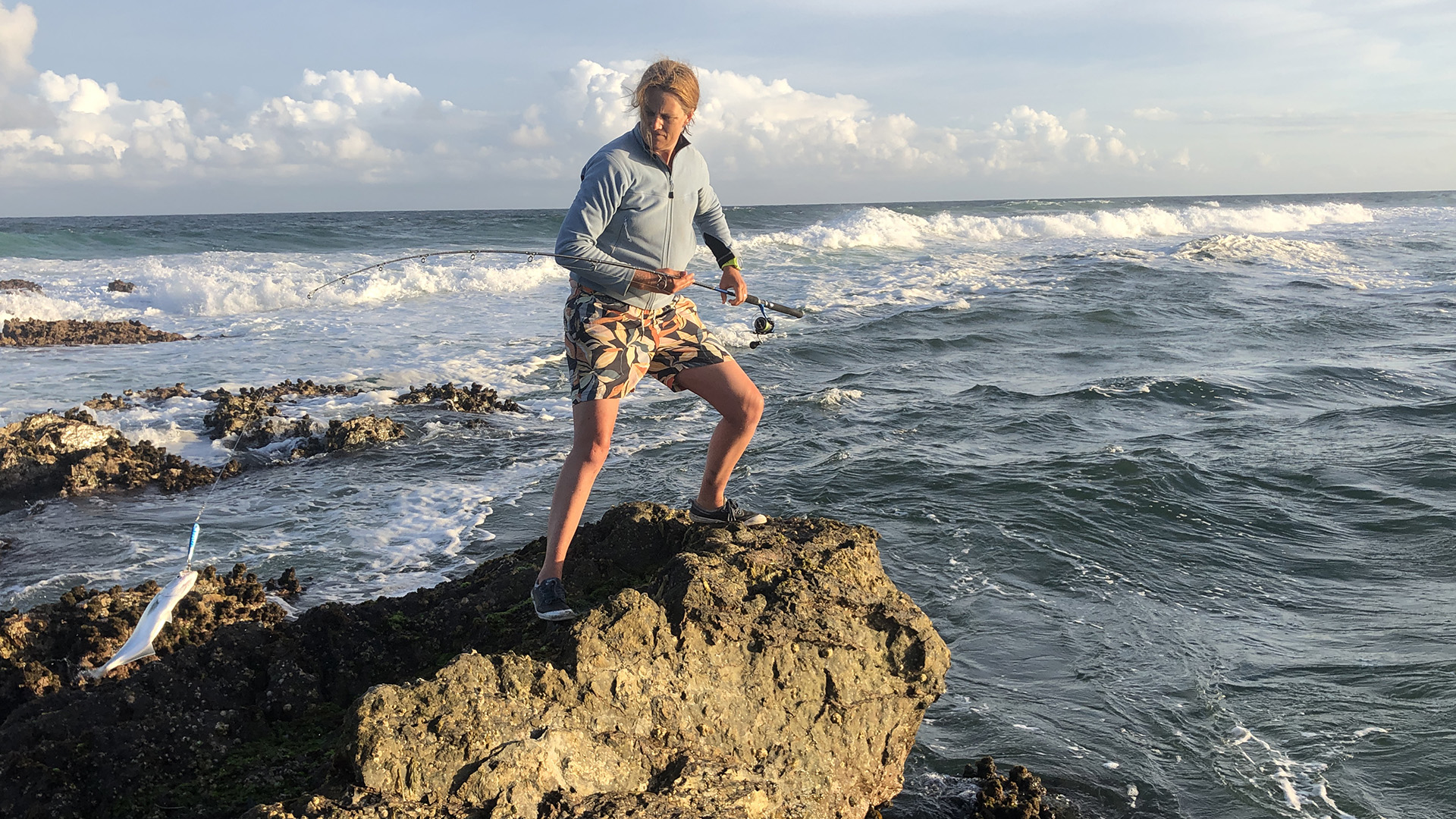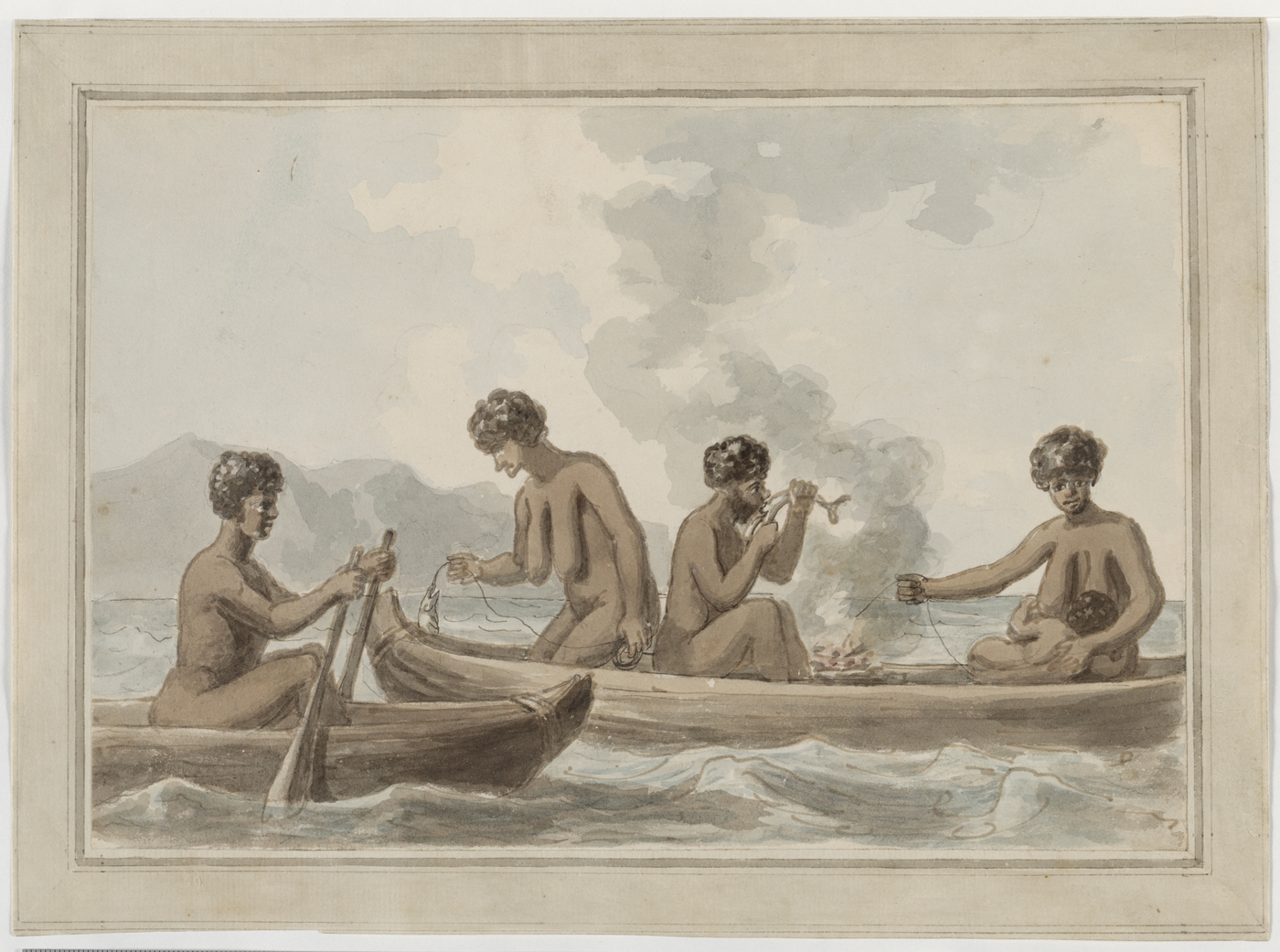Why Captain Cook was not the first foreigner to fish in Australia’s waters by a long way

Captain James Cook went fishing for the survival of his crew in Botany Bay when he arrived in 1770, but he was not Australia’s first foreign fisherman by a long way.
University of Technology Sydney Professor Anna Clark delves into our national fishing heritage, exploring its ancient origins and forgotten tales in her latest book, The Catch: Australia’s love affair with Fishing, which will be released on August 29.
Clark goes on a deep dive into the history of fishing in Australia on the latest episode of OzCast, the official podcast of conservation organisation OzFish Unlimited.
The renowned historian’s extensive research has uncovered hidden gems about Australia’s earliest known Indigenous fishing practices prior to European settlement to the accounts of British explorers in the late 1700s through the generations to today.
When Captain Cook found safe passage into what is now known as Botany Bay in 1770, he and his crew
“He’s just been on a boat for months and months so there’s issues of food and water, and nutrition for his crew. Fishing is more than a sport if you’re out there, it’s actually survival for his crew,” she said on the OzFish podcast.
“They speared stingrays, massive smooth stingrays which are two metres across, easily. And these were 300 or 400 kilos and they saw so many.”
After his crew gorged on them, not surprisingly Cook named the area Sting Ray Harbour before eventually settling on Botany Bay.
But Cook wasn’t the first foreigner to sail to these shores with Clark describing how Muslim fishermen from Makassar on the island of Sulawesi in Indonesia had been coming to Australia for centuries.
“People actually don’t know when they started coming but there was a big demand for sea cucumber, or beche-de-mer, from Chinese buyers, who used it as an aphrodisiac,” she said.
“They think they’ve been coming for 400 or 500 years before Europeans arrived in Australia and they came every year and fished for sea cucumber.
“In terms of outsiders coming to Australia, which was a very isolated continent, certainly since it was cut off by sea level rise 1000 years ago.

“This simply wasn’t an unknown place, there had been interactions, contact and there had been fishing here for a long time.”
In Australian Indigenous cultures, women were traditionally tasked with fishing duties and although it’s been a male-dominated pursuit over the past couple of centuries, the recent rise in female anglers has pleased Clark no end.
“Women were very important fishers and continue to be so in Aboriginal and Torres Strait Islander communities,” she said.
As far as the Indigenous women in Sydney when Europeans first started settling in the area nearly 250 years ago, Clark described them as “epic fishos” from what she’s uncovered in her research of accounts of that time.
“They were in these tiny, little bark canoes. They often had a baby breastfeeding and a toddler on their shoulders or down the end of the boat. They paddled out to Sydney Harbour, through the Heads, they fished all day with shellfish hooks.
“The women made the fishing line from the Kurrajong tree. Some of those early colonists were writing about the songs they heard bouncing across the harbour. And they were the fisherwomen, singing the fish in.
“Gender roles change over time and now we’re back in a place where it’s OK for women to fish and governments very opportunistically are realising there’s a big market of women out there and if they got them all to fish there’d be a buck in it.”

Professor Anna Clark
Barangaroo, a Cammeraygal elder of the Eora Nation at the time of European colonisation, was one of the earliest voices who opposed plundering the fishing stocks of Sydney Harbour.
“In 1790 over 4000 Australian salmon are hauled up in two nets by the colonists,” Clark says.
“A gift was made of some of these fish to the Aboriginal people. Apparently, Barangaroo got very angry at this. Were they usurping the fisherwomen’s role by giving fish that women should be catching or was it because it was such a grotesque number of fish that she was objecting to the facts that these nets had just pulled out their catch.
“Not to mention the sense of whose country is this. Who is entitled to this fishery and has been managing it for the last 5000 years.”
She also reveals that the environmental movement is not new in Australia – far from it with a Royal Commission investigating the impact of over-fishing in the late 1800s.
“There’s real concern that the Sydney Harbour fishery, that it’s not healthy and that it’s been fished out.
“Leading the charge, agitating for this change in attitude is recreational fishers saying ‘hang on, we’ve got to get the balance right’. Even in the 1800s there are people who are going down the harbour and noticing decline and wanting change.
“There is this sense of custodianship, of looking after our waterways, that emerges pretty early.”
Clark says the introduction of invasive species such as carp and trout since European settlement has done untold damage to Australia’s waterways.
“In the last few years the images of the fish kills and the continued explosion of carp makes that very visible, that deterioration,” Clark said, adding there was a “growing realisation of how fragile Australia’s natural world is”.
“The rivers feel big because they’re really long and there’s a lot of water in them, most of the time, but they’re precarious. Same with our ocean fisheries. It looks like there’s a lot of fish but once they get taken at an industrial level that collapses very quickly.”
Click the button below to listen to the full episode or visit Spotify or Apple Podcasts.
Anna Clark is a highly regarded historian based at the Australian Centre for Public History at the University of Technology Sydney. The Associate Professor’s extensive research and writing focus on various aspects of Australian history, which includes the recreational and commercial fishery in Australia. Clark’s passion for fishing is evident in her book “The Catch: Australia’s love affair with Fishing, which will be released on August 29.
Image 1: Joseph Banks, Banks Papers – Series 36a: Charts and illustrations, ca 1790s, ‘5. Watercolour Illustration of a Group of Aborigines Fishing, ca 1790s – Attributed to Philip Gidley King’, 1803, Mitchell Library, State Library of New South Wales, SAFE/Banks Papers/Series 36a (Safe 1/457).
Image 2: Unknown, Unemployed Men Fishing with Homemade Rods During the Great Depression, c. 1930, National Library of Australia, nla.obj141685523.
Episode 4 of OzCast is brought to you by the Australian Government’s CRC Program and BCF – Boating, Camping, Fishing. It is also supported by the NSW Recreational Fishing Trusts.



